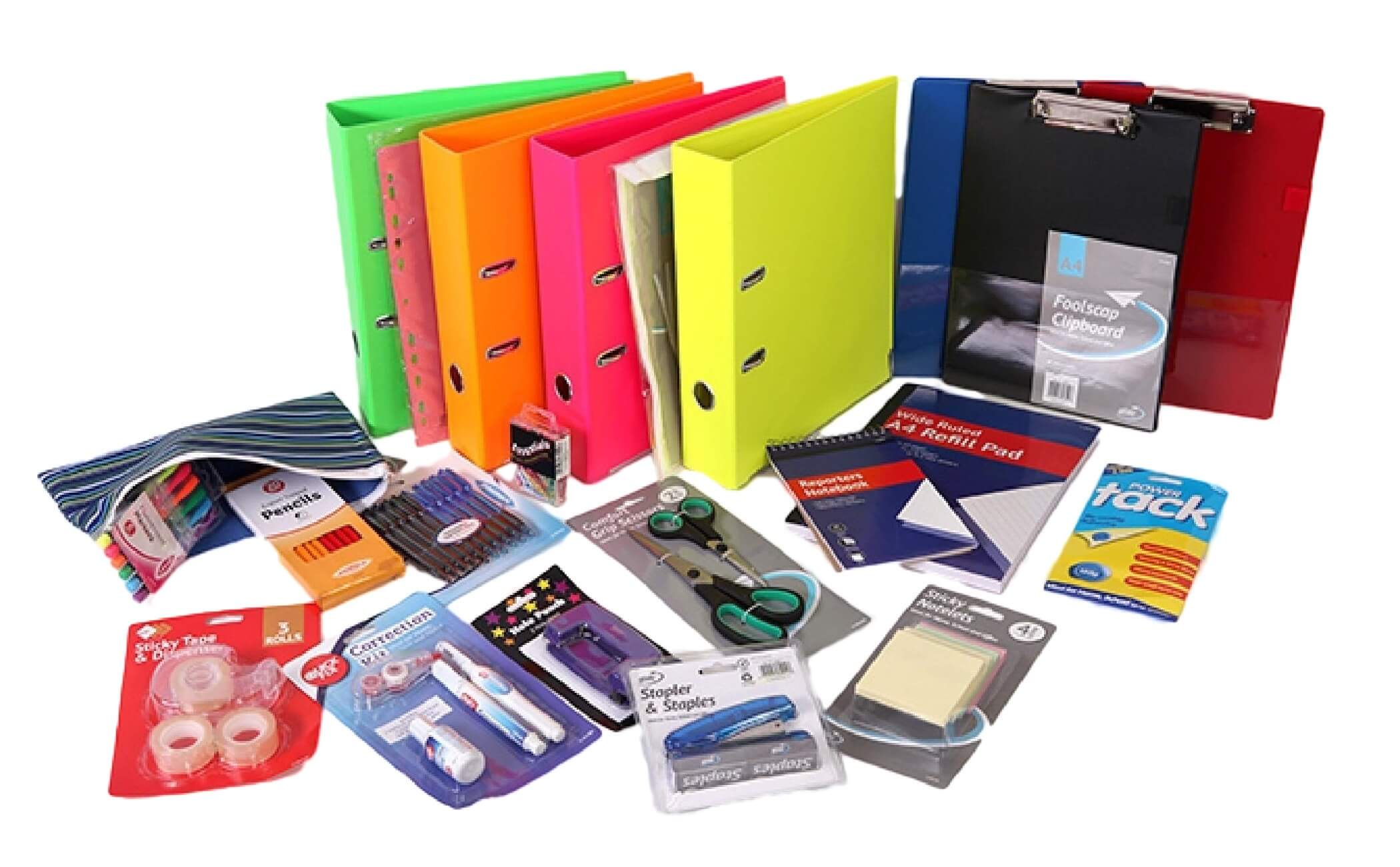In today’s fast-paced work environments, ensuring safety is no longer just a compliance requirement—it’s a core operational priority. Companies face constant challenges in communicating safety protocols, tracking incidents, and keeping employees informed about real-time hazards. This is where Safety chat platforms revolutionize traditional safety management, enabling seamless communication, instant updates, and smarter decision-making. By integrating these advanced platforms into your safety strategy, organizations can not only reduce risks but also foster a proactive safety culture.
Understanding Safety Chat Platforms
What Are Safety Chat Platforms?
Safety chat platforms are specialized communication tools designed to streamline safety management in workplaces. Unlike generic messaging apps, these platforms are purpose-built to handle safety-related notifications, incident reporting, compliance updates, and emergency alerts. They often integrate with existing safety management systems, providing a centralized hub for all safety communications.
Core Features of Safety Chat Platforms
- Instant Messaging for Safety Alerts: Employees receive real-time alerts about hazards or procedural updates, ensuring immediate awareness.
- Incident Reporting Tools: Quick reporting options allow staff to document accidents or near-misses directly through the platform.
- Compliance Tracking: Automated reminders for safety audits, inspections, and training deadlines help organizations stay compliant with regulations.
- Analytics and Reporting: Detailed dashboards provide insights into safety trends, incident frequency, and employee engagement.
Benefits of Implementing Safety Chat Platforms
Improved Communication Across Teams
One of the most significant advantages of safety chat platforms is enhanced communication. Traditional communication methods, like emails or bulletin boards, can delay critical information. Safety chat platforms ensure that safety updates reach the right people instantly, regardless of location.
Faster Incident Response
Time is of the essence when responding to workplace incidents. With safety chat platforms, employees can report hazards or accidents in real time, allowing management to take swift corrective actions. This reduces downtime and prevents minor issues from escalating into major problems.
Enhanced Safety Training and Compliance
Safety chat platforms support ongoing training by delivering digital learning materials and reminders directly to employees’ devices. This ensures that safety protocols are consistently followed and reduces the risk of non-compliance. The platforms can also track completion rates, making regulatory reporting simpler and more accurate.
Fostering a Culture of Accountability
When employees have an easy way to report safety concerns and receive timely feedback, accountability naturally increases. Safety chat platforms encourage active participation, making safety a shared responsibility rather than a management-only task.
How Safety Chat Platforms Improve Operational Efficiency
Integration with Existing Systems
Advanced safety chat platforms can integrate with other management tools, such as HR software, incident tracking systems, or IoT-enabled devices. This seamless connectivity ensures that all safety-related data is consolidated, reducing manual entry and minimizing errors.
Automated Notifications and Reminders
Automating safety notifications and training reminders frees up management to focus on strategic tasks. Employees stay informed without the need for constant supervision, leading to higher compliance and fewer overlooked procedures.
Data-Driven Decision Making
With built-in analytics, safety chat platforms provide actionable insights. Managers can identify high-risk areas, recurring incidents, and training gaps. This data-driven approach allows for targeted interventions, ultimately improving workplace safety and operational efficiency.
Mobile Accessibility and Remote Workforce Benefits
On-the-Go Safety Management
Modern workplaces often extend beyond office walls. Mobile-enabled safety chat platforms allow employees to access safety updates, report incidents, and complete training from anywhere. This mobility ensures that safety management keeps pace with dynamic work environments.
Supporting Remote Teams
With the rise of remote and hybrid work, maintaining consistent safety communication is crucial. Safety chat platforms bridge the gap, providing remote teams with instant access to critical safety information and updates.
Choosing the Right Safety Chat Platform
Key Considerations
- User-Friendly Interface: Employees should easily navigate the platform to report incidents or access training materials without extensive training.
- Security and Privacy: Ensure that the platform encrypts data and complies with relevant data protection regulations.
- Scalability: The platform should grow with your organization, accommodating more users and additional features as needed.
- Customizable Alerts and Workflows: Tailored alerts and workflows allow you to match the platform to your specific safety protocols.
Implementation Best Practices
- Assess Organizational Needs: Identify safety gaps and communication challenges to choose a platform that aligns with your goals.
- Train Employees: Provide comprehensive onboarding to ensure all staff understand how to use the platform effectively.
- Monitor Engagement: Track usage patterns and feedback to optimize the platform’s impact.
- Iterate and Improve: Continuously refine safety processes based on platform data and employee feedback.
Future Trends in Safety Chat Platforms
AI and Predictive Analytics
Emerging safety chat platforms leverage AI to predict potential hazards before they occur. Predictive analytics can analyze historical incident data and highlight high-risk areas, allowing for proactive measures.
Integration with Wearables and IoT
Future-ready safety platforms are integrating with wearable devices and IoT sensors to monitor employee health and environmental conditions in real time. Alerts can be automatically generated if unsafe conditions are detected, further enhancing workplace safety.
Gamification for Training Engagement
To increase participation in safety training, some platforms are adopting gamification techniques. Employees earn rewards or badges for completing safety modules, fostering engagement and reinforcing safe behaviors.
Conclusion
Advanced safety chat platforms are transforming the way organizations manage workplace safety. By facilitating instant communication, improving incident reporting, supporting compliance, and providing actionable insights, these platforms make safety management more efficient, proactive, and employee-focused. For companies looking to reduce risks, enhance operational efficiency, and build a culture of accountability, integrating a robust safety chat platform is no longer optional—it’s essential. Embrace these platforms today to protect your workforce, streamline processes, and set a new standard for workplace safety.




